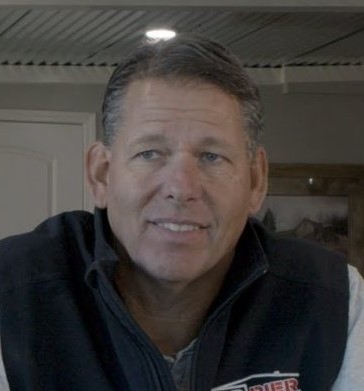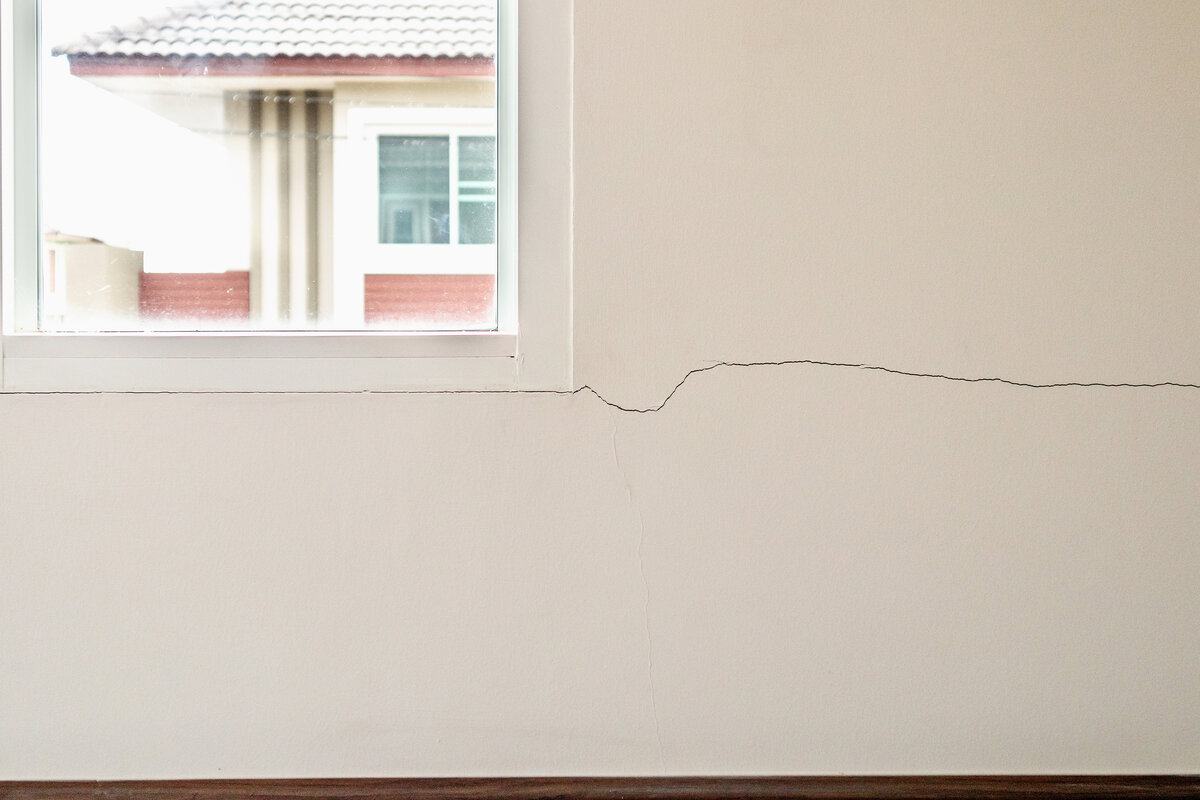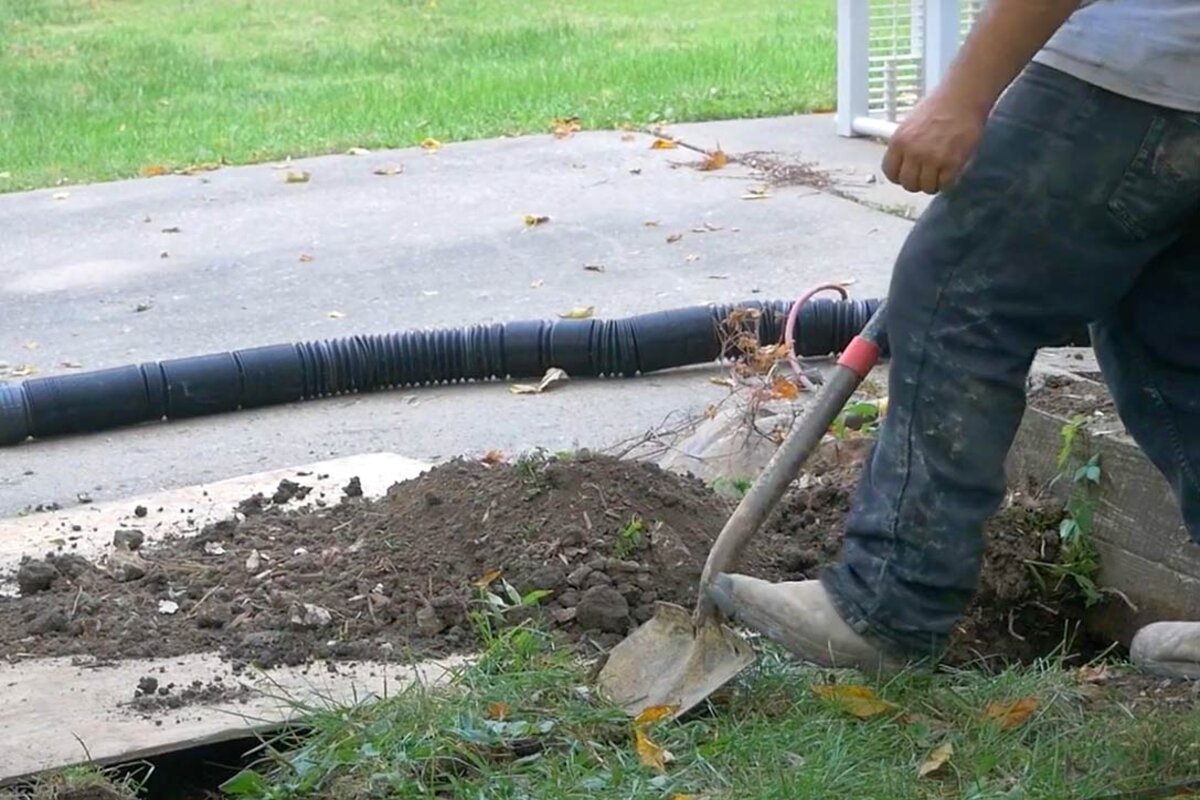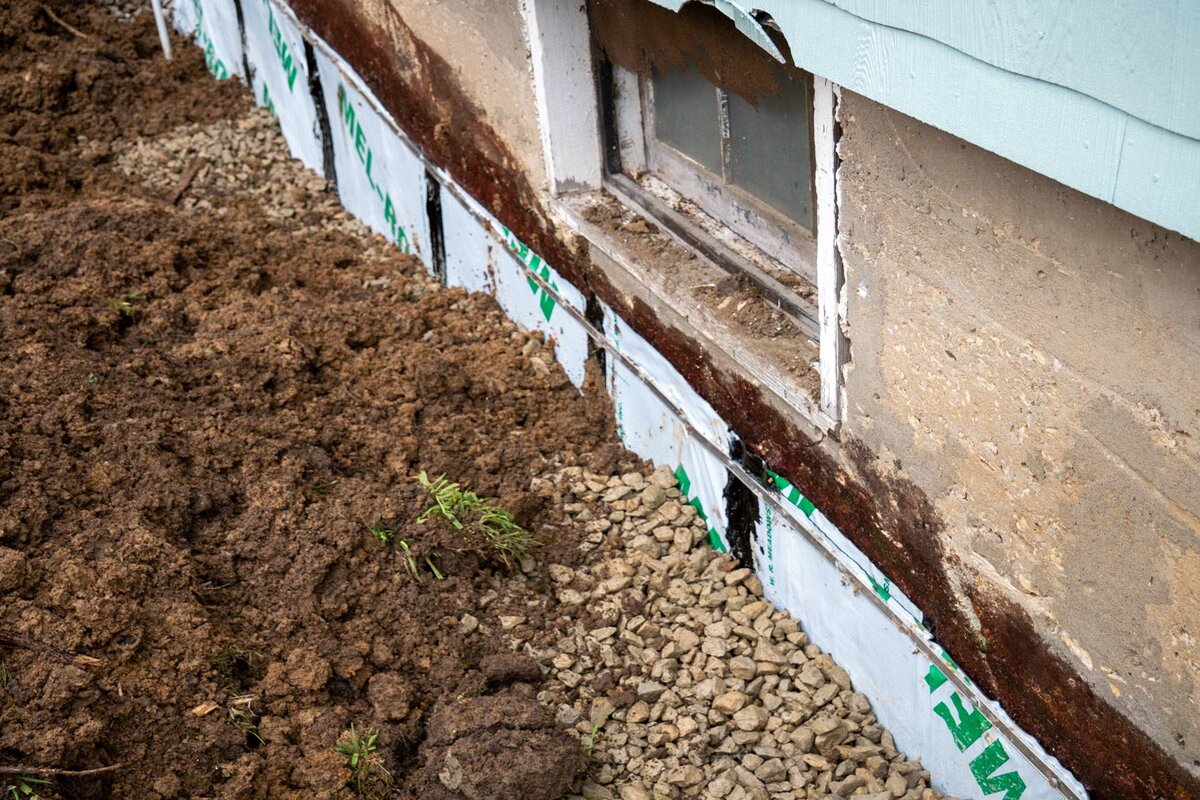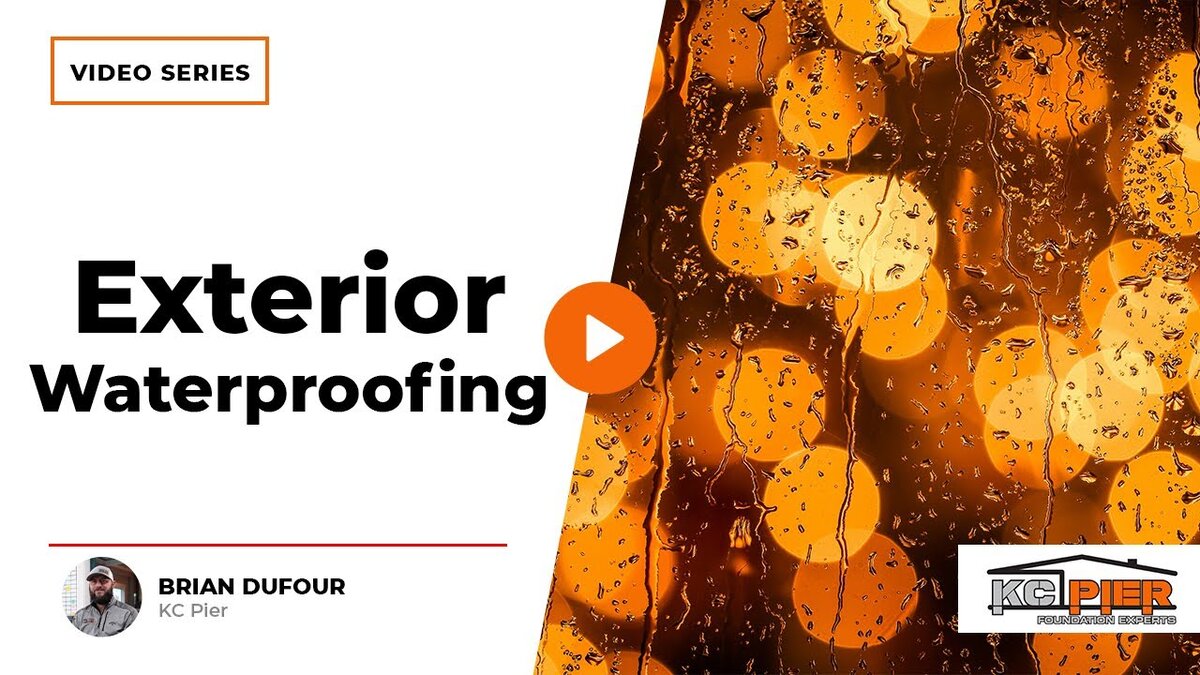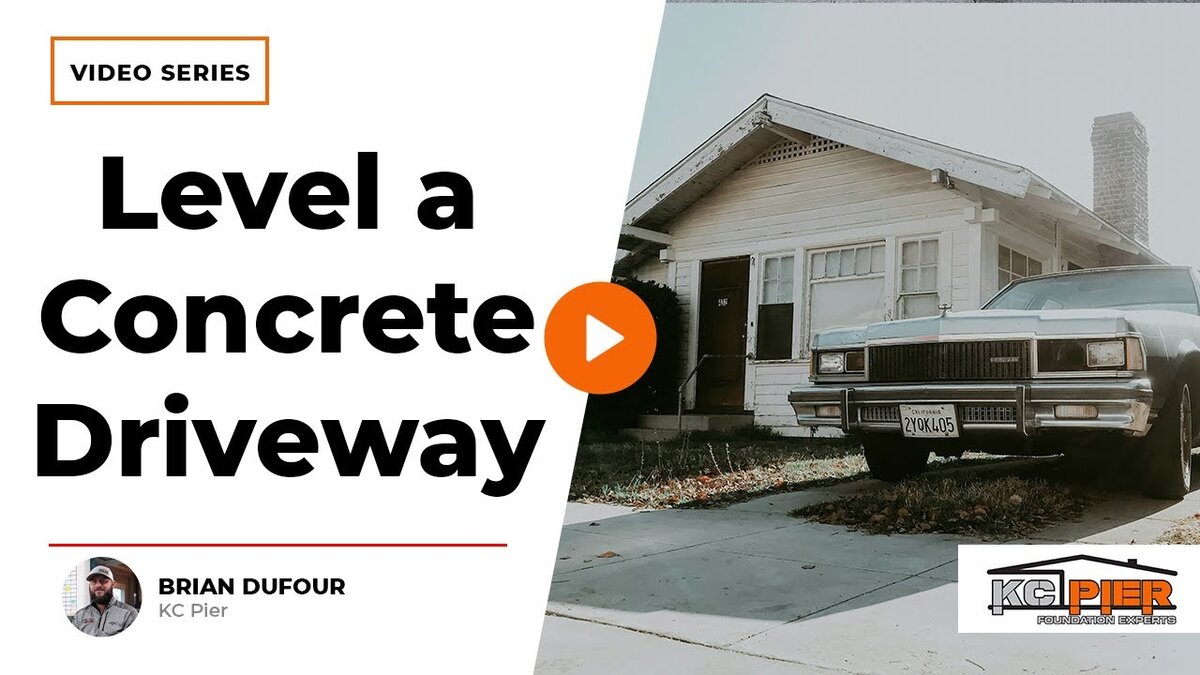Monolithic slab foundation is a crucial aspect of construction, especially in varied climates and geographical regions. These foundations, while offering simplicity and cost-effectiveness, also bring forth unique challenges and considerations that must be addressed by builders and homeowners alike. In this guide, we’ll explore more about monolithic slabs, focusing on their prevalence, the impact of seasonal changes, suitability for different structures, and repair methods.
Monolithic Slabs in Different Regions
In certain regions, like Kansas City, monolithic slabs are quite prevalent. However, it’s essential to note that not all monolithic slabs are created equal. In some cases, the slab may be poured separately from the footing, which supports the structure independently. Typically, the footing extends down to the frost line, approximately three feet deep. True monolithic slabs, where both the footing and the slab are poured simultaneously, are less common, especially in areas with significant seasonal changes.
Impact of Seasonal Changes on Monolithic Slabs
Seasonal changes, particularly in regions like Kansas City, can significantly impact monolithic slab foundation. The continuous expansion and contraction of the soil beneath the foundation can lead to cracking and shifting over time. This movement can cause extensive damage to the foundation and the structure it supports, making it essential to consider the local climate when choosing a foundation type.
Use of Monolithic Slabs in Lighter Structures
While monolithic slabs are suitable for lighter structures such as sheds, garages, and patios, they may not be ideal for larger constructions like houses and commercial buildings. In regions with more stable climates, such as the southern states, monolithic slabs are simpler to pour due to fewer steps in the construction process. However, it’s crucial to recognize that even in these regions, soil movement can still occur, potentially leading to structural issues over time.
Monolithic Slabs in Southern States
In the southern states, where seasonal changes are less pronounced, monolithic slabs are more common due to the stability of the soil. However, it’s essential to understand that stability doesn’t necessarily mean immunity from issues. Even in regions with milder climates, soil movement can still occur, albeit to a lesser extent. This underscores the importance of proper foundation design and maintenance, regardless of the geographical location.
Repairing Monolithic Slabs
Fortunately, solutions are available for repairing damaged monolithic slab foundation. Companies like KC Pier offer various techniques, including piering, crack injections, and structural stapling with carbon fiber, to address issues caused by shifting and cracking. While monolithic slabs may not be as prevalent in certain areas, it’s reassuring to know that effective repair options exist to mitigate potential problems.
In Summary
Understanding monolithic slab foundation is crucial for anyone involved in construction or homeownership. While these foundations offer simplicity in construction, they may present challenges in regions with significant seasonal changes. However, with proper maintenance and timely repairs, issues with monolithic slabs can be effectively addressed, ensuring the stability and longevity of the structure they support.
If you have any questions or concerns about monolithic slab foundation, don’t hesitate to contact us. We’re here to provide expert guidance and support to help you make informed decisions about your foundation needs.

